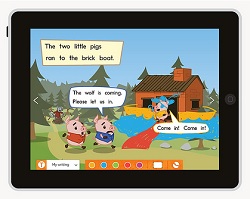
The iPad has been a great tool for teaching children to become better readers.
There are many apps available that parents can use to help their kids improve their reading skills significantly, whether they’re just starting out or brushing up on some basics. Here are some of the best:
Developed by Preschool University, Sentence Reading Magic helps your child read and build sentences. With this app, you can use two learning modes to improve your child’s ability to handle sentences, which makes it a great tool for driving home key reading lessons.
The real-time commenting tool in Google Drive provides a handy tool for peer to peer assessment - and it's now appeared on its own iPad app. In his creative writing class, Jarod describes how his students love to post meaningful comments on each other's work after swapping their drafts at the end of every lesson. Even the teacher can chip in!
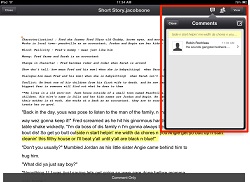
Google Docs has been around for a few years, and it didn't take long for the education world to take note of this powerful tool.
With it's ability to save as you type and to collaboratively write, Google Docs was a student and teacher's dream. When we started a 1:1 initiative with iPads at our school, however, Google Docs was the biggest thorn in my side.
As the iPad boomed in popularity, people soon realised that they couldn't utilise the same Google Docs features on the iPad. Slowly, but surely, Google kept improving their Drive iPad app, allowing me to harness some of the same useful features in our 1:1 school program.
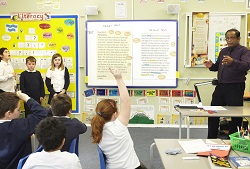
Here is the second article in our series on maximising the use of visualisers across different curriculum areas. We'll be looking at literacy and English classes from key stages one to four.
Use visualisers at key stages one and two to help in building a foundation of basic literacy concepts:
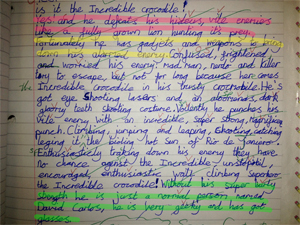
For the past 5/6 years, my school has been using Big Writing in literacy to provide a focused time for children to write. As time has passed we have moulded our approach to include other useful aspects of literacy. We now tend to use our Big Writing session as a final piece to a particular text type focus, unless it is an assessed piece and has to be a standalone lesson. Often we use a Big Writing lesson at the start of a text type to assess what the children already know or can remember from previous years. This is a great way of informing future planning. For example, if you were covering 'Instructions' and few children used imperative verbs, this would inform you to focus on this in your planning.
After a year or so of using Big Writing, I started to think about the whole writing process. It was advised that during the next Big Writing session children should be given time to read back on their work, look at the comments and, as a class, decide on some “goal scorers.” This is a good way of revising, but I felt it wasn't enough; also, if it was a whole week or two later, the activity is long forgotten by the children. I am sure if you ask any author they will always say that the revising and editing part of writing is possibly the most important. But how can we teach this and instil a reflective approach in children? Timed writing sessions don’t provide this quality time to reflect on your writing. It led me to make a resource which I have found invaluable ever since.

It is well documented that there is a “reading gender gap” between boys and girls and that it is growing. Schools are attempting to address reading issues by using synthetic phonics to teach the mechanics of reading from Reception onwards. And quite often children are introduced to letter sounds and shapes even earlier. So why are some children, in particular boys, falling behind in their reading and what resources are out there to help them get back on track?
Children’s author Michael Morpurgo, who provided evidence to the All-Party Parliamentary Literacy Group Commission on this issue, says:
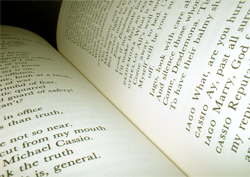
Perhaps the biggest challenge for myself as an English and Media Studies teacher, and educators more broadly, is the constant fight against the steady decline of reading ability, and the capacity for reading for pleasure, that we find each year in our schools. Without wishing to sound like a jack-booted CBI spokesperson (who seem to exist only to reduce corporate taxes and demonise the state education system), there is undoubtedly a decline in reading that has a pervasive effect on our students and their life chances; affecting their capacity to read both functionally, and as equally importantly, to experience the imaginative delights that reading literature has to offer. I am sure many teachers could provide lots of anecdotal evidence of a decline in reading habits (by this, I must stress ‘traditional’ reading – web reading is in rude health in many aspects), alongside some hard statistical evidence.

A community-driven platform for showcasing the latest innovations and voices in schools
Pioneer House
North Road
Ellesmere Port
CH65 1AD
United Kingdom